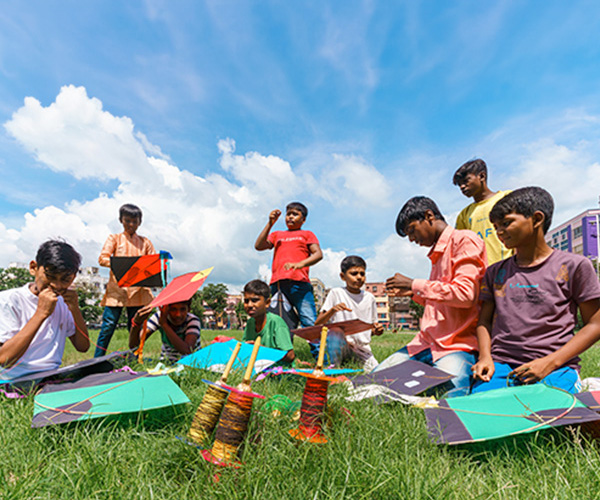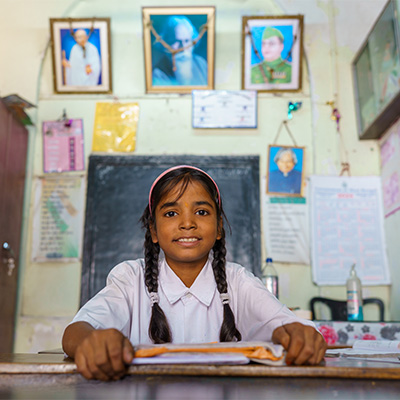Empowering Communities Through Holistic Education
Evolving from its humble beginnings, Pathshala has transformed into Pathshala 3.0, reflecting nearly three decades of Literacy India’s dedication to empowering underprivileged communities. With centers across India, the project embodies “Sampurna Shiksha” (Holistic Education), becoming a trusted hub for learners of all age groups.


In 2023–24, Pathshala 2.0 redefined learning for underprivileged children by integrating “learning by doing” into everyday education. Students built simple machines, conducted experiments, and tackled real-world problems—making learning active, joyful, and memorable.
To support varied learning paces, we introduced remedial classes, flexible schedules, and self-study options with smart classrooms, digital libraries, and customizable content. This ensured no learner was left behind and encouraged lifelong learning.
We fostered collaboration through study circles and peer-led groups, boosting academic outcomes and social-emotional growth.
A Response to India’s Learning Divide
Pathshala 2.0 emerged from parental demand and systemic gaps—overcrowded urban classrooms and rural teacher shortages. We addressed these by using SmartBoards, e-content, and vocational training to deliver quality, inclusive education and build local livelihoods.
Our model especially supports adolescent girls and young women, blending academics with skill development for long-term community upliftment.

We paired academics with life skills—computer basics, communication, arts, entrepreneurship—ensuring students gained real-world capabilities. Interactive e-learning and virtual classes kept learning continuous and connected.
Field visits, weekend/evening classes, and digital aids built adaptability, resilience, and curiosity. Soft skills like leadership and critical thinking were woven into every learning experience.
Phase-Wise Expansion Across India
Pathshala 2.0 scaled through four phases:
Each rollout adapted to regional needs—ensuring localized impact through education, skills, and community-driven growth.
Each rollout adapted to regional needs—ensuring localized impact through education, skills, and community-driven growth.
Pathshala 2.0 has proven that transformative education is possible—when practice meets purpose, and innovation meets inclusion. We remain committed to scaling impact, nurturing changemakers, and shaping brighter futures across India.
Academy empowered youth and preserved tradition. Grassroots entrepreneurs emerged across Daulatabad, Bhati Mines, and Neb Sarai.Each rollout adapted to regional needs—ensuring localized impact through education, skills, and community-driven growth.
Pathshala 3.0 represents Literacy India’s enduring commitment to transforming education into a holistic empowerment platform, creating lasting opportunities for individuals and communities alike.